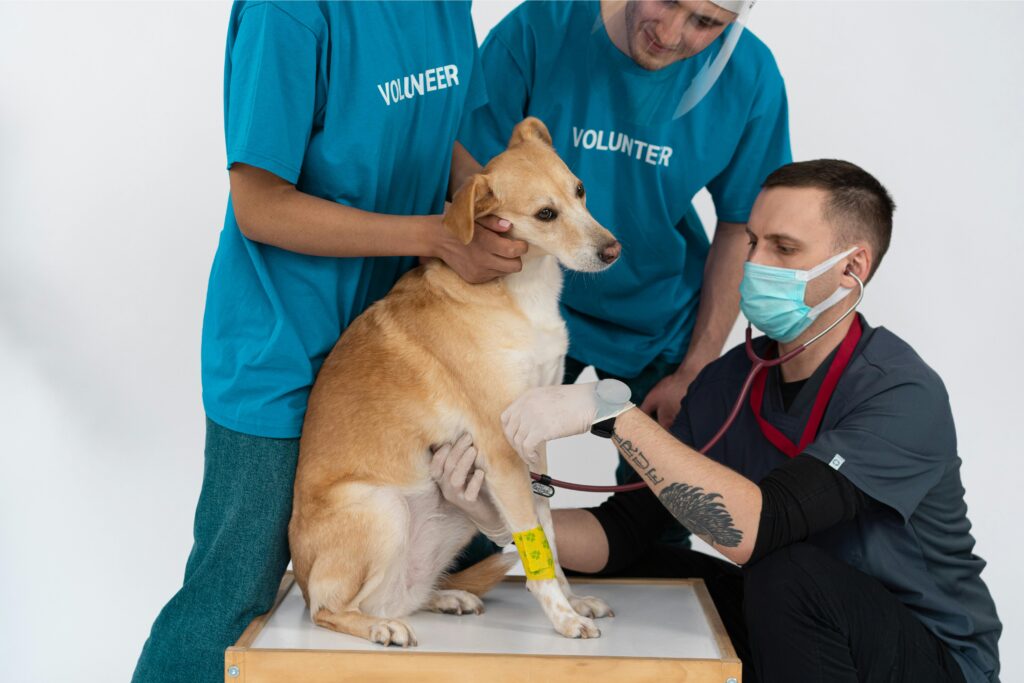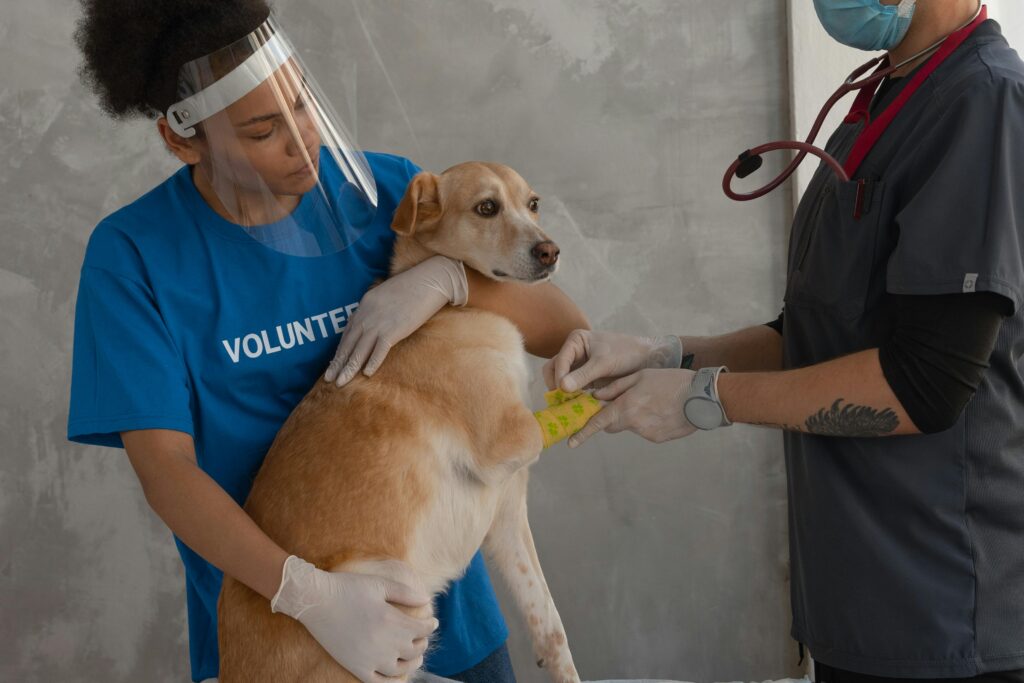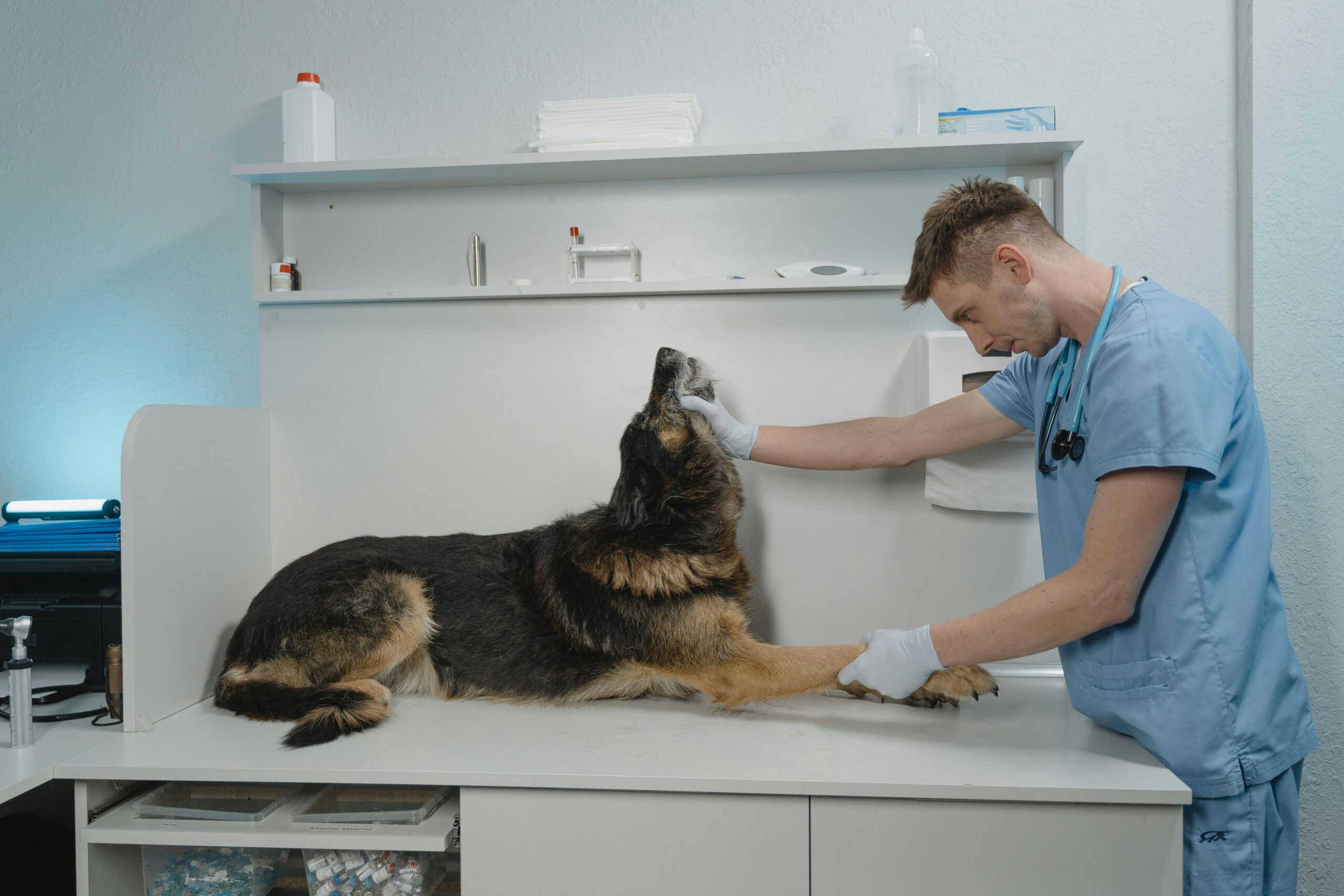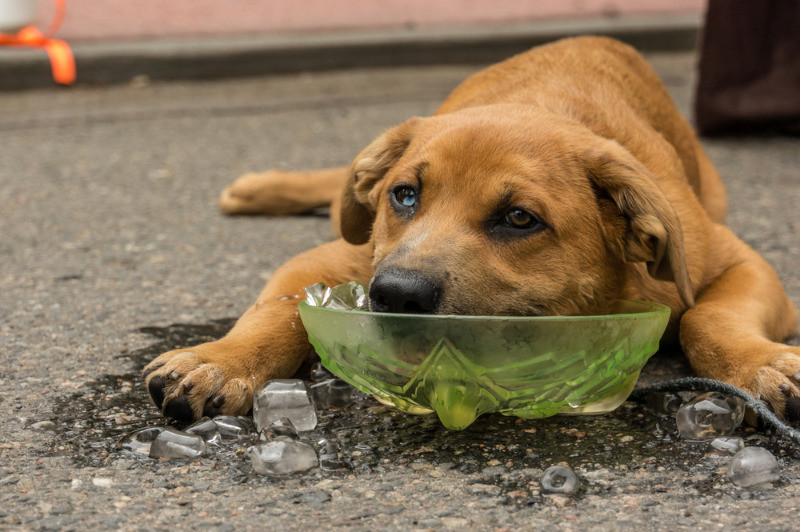Understanding and Addressing Common Dog Feet Problems
Dogs, our loyal companions, often experience issues with their feet that can significantly impact their comfort and mobility. Whether it’s due to environmental factors, injuries, or underlying health conditions, recognizing and addressing these problems promptly is crucial for maintaining their well-being. Here, we discuss dogs’ most common foot problems, symptoms, causes, and effective treatment strategies.
1. Paw Pad Injuries
Symptoms:
- Limping or reluctance to walk
- Excessive licking or chewing of the paws
- Visible cuts, abrasions, or blisters
- Bleeding or swelling
Causes:
- Walking on rough, hot, or icy surfaces
- Sharp objects like glass or stones
- Chemical burns from de-icing salts or cleaning agents
Treatment:
- Clean the affected area with mild soap and water.
- Apply an antiseptic solution and cover with a bandage.
- Use dog booties to protect the paws while healing.
- For severe injuries, seek veterinary care for proper wound management.

2. Allergic Reactions
Symptoms:
- Red, inflamed, or itchy paws
- Persistent licking or chewing
- Hair loss around the paws
- Secondary infections (yeast or bacterial)
Causes:
- Environmental allergens (pollens, grasses)
- Food allergies
- Contact allergens (cleaning chemicals, certain grasses)
Treatment:
- Identify and avoid allergens if possible.
- Use hypoallergenic dog foods if food allergies are suspected.
- Regular paw cleaning with hypoallergenic wipes.
- Medications such as antihistamines, corticosteroids, or topical treatments prescribed by a vet.
3. Fungal and Bacterial Infections
Symptoms:
- Swollen, red, or painful paws
- Foul odor
- Discharge or pus
- Crusty or scaly skin
Causes:
- Excess moisture between the toes
- Unhygienic conditions
- Immune system issues
Treatment:
- Keep the paws dry and clean.
- Use antifungal or antibacterial shampoos or sprays.
- In severe cases, oral medications may be required.
- Regular grooming to prevent overgrowth of hair between the toes.
Click to learn more about grooming.
4. Nail Problems
Symptoms:
- Overgrown or ingrown nails
- Split or broken nails
- Bleeding or discomfort when walking
Causes:
- Lack of regular nail trimming
- Trauma or injury
- Poor nail health
Treatment:
- Regular nail trimming, ideally every 3-4 weeks.
- Use a nail file or grinder for smoothing sharp edges.
- If a nail is broken, trim it carefully and apply styptic powder to stop bleeding.
- Consult a vet if there is persistent pain or infection.
Click to know more about this.
5. Interdigital Cysts
Symptoms:
- Swelling or lumps between the toes
- Painful to touch
- Licking or chewing at the paws
- Redness or discharge
Causes:
- Ingrown hairs
- Foreign bodies like grass seeds
- Genetic predisposition in some breeds
Treatment:
- Warm compresses to reduce swelling.
- Antibiotics or anti-inflammatory medications prescribed by a vet.
- Surgical removal in chronic or severe cases.
- Regular paw inspection to catch and treat early signs.

Preventive Measures
- Regular Inspections: Check your dog’s paws daily for cuts, foreign objects, or signs of infection.
- Hygiene: Keep your dog’s paws clean and dry, especially after walks or playtime.
- Protective Gear: Use booties in harsh weather conditions to prevent burns or frostbite.
- Diet and Nutrition: Ensure a balanced diet to support overall health, including skin and coat health.
- Exercise on Safe Surfaces: Avoid walking on hot pavement, sharp gravel, or chemically treated areas.




